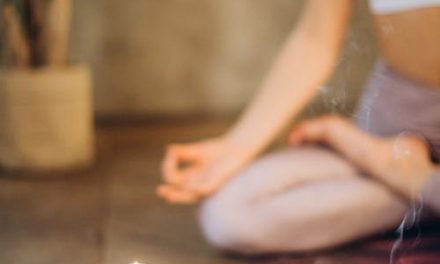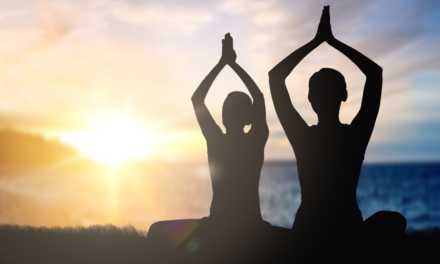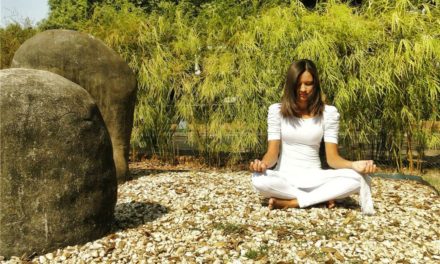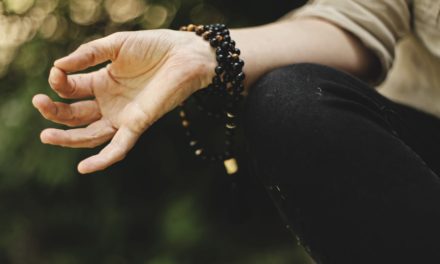Meditation to improve Health
Meditation is a state of mind that leads to inner peace, self-fulfillment, self- improvement, and the development of a positive outlook in life.
Meditation refers to a state where your body and mind are consciously relaxed and focused. Meditation brings us closer to who we are. You can really improve your life through mediation.
As we relax and attempt to meditate, we gain control over our minds, thoughts and so forth. We learn to focus on our goals
Meditation and relaxation promotes good health
Meditation Calms the mind and brings you into a relaxed state. This relaxed state allows you in helping yourself health-wise since this can take away simple headaches, stress, or even mild anxiety. It can cure diseases and speed up healing processes.
Through time, many people have benefited from the practice of meditation. Studies have shown that meditation does bring about beneficial physiologic effects on the body. And there has been a growing consensus in the medical community to further study the effects of meditation.
Being relaxed can give relaxation to the body and mind that will eventually enhance your well-being as well.
Meditating posture
Your entire posture should be comfortable, steady and relaxed. You should not feel a strain on any part of the body. This may be while sitting cross-legged, standing, lying down, and even walking.
If the position allows you to relax and focus, then that would be a good starting point. While sitting or standing, the back should be straight, but not tense or tight. In other positions, the only no-no is slouching and falling asleep.
The common sitting postures
The main purpose of the meditation asanas is to allow the aspirant to sit for extended periods of time without moving the body and without discomfort.
PADMASANA (LOTUS POSTURE) Bend the right leg at the knee and place the right foot on the thigh. Then, bend the left leg at the knee and place the left foot on the right thigh. Place the two hands with the palms facing up on the respective knee joints. Let the bent index fingers touch the middle portion of the thumbs and keep the other fingers stretched out.
SIDDHASANA (ADEPT’S POSTURE) Place one heel at the anus, keep the other heel at the root of the generative organ. The ankle-joints should touch each other. Hands can be placed as in Padmasana.
SVASTIKASANA (CROSSED LEG POSTURE)
Fold the left leg and place the feet near the right thigh muscles. Similarly, bend the right leg and push it in the space between the left thigh and calf muscles. Now you find the two feet between the thighs and calves of the legs. Place the hands as in Padmasana.
The place you perform meditation
It may be in your living room, bedroom, or any place that you feel comfortable in. You might want an exercise mat if you plan to take on the more challenging positions. You may want to have the place arranged so that it is soothing to your senses.
Some meditation techniques
Focusing on repeated actions such as breathing, and humming helps to enter a higher state of consciousness.
Visualization meditation
This is a technique where you mainly focus on images. Where some people think mainly in words, others think in images. You can also find videos online where a narrative voice can help you sketch an image. This voice takes you on a journey, so to speak so that you can slowly but surely visualize a calming situation.
Walking meditation
Walking is good for your body and mind and can also be combined with meditation. This meditation technique is ideal if you are looking for a way to calm both body and mind.
It is important to focus on your body every step of the way. Feel the pull of gravity on your feet and focus on rolling down your foot. In this way, you completely empty your mind and you are fully in contact with your body.
Body meditation or body scan
During this meditation, every body part is named: from your crown to your little toe. Silently name every part of your body and focusing your consciousness on that part. While doing this you should be aware of any tension on any part of your body. Mentally visualize releasing this tension.
It is recommended to lie down when you want to engage in body meditation as this is the most relaxed position you can adopt. You can also find various body scan meditations on the internet to help you with this.
Prana-Dharana
Prana in Sanskrit stands for the air that we breathe. It is the most basic act of life which starts from birth and goes on till death. But generally, we are not aware of the breath until our attention is drawn close to it. Dharana means its awareness. Prana-Dharana means applying the mind to the flow of air when we breathe.
Start developing the awareness of breathing. The flow of air should be uniform, slow and smooth. Do not make any effort or exercise any control. Never hold breath. Do not utter any word or see any image. This will calm your mind and help you achieve peace.
Using a Mantra
The word “Mantra” means the liberation of the mind.
Well-known contemporary mantra meditation movements include transcendental meditation (TM)
Mantras can be used as a meditation. It is actually the intention that you focus on the mantra, instead of wandering in your own thoughts.
Mantras can provide more silence and freedom in the mind through sounds and vibrations. In addition, the vibrations that the Mantras bring along seem to have a very positive effect on the brain.
My experience with Mantras
During my yoga teacher training in India, I received a personal mantra from my teacher, which I use while meditating at home or even while walking in nature. But you can also easily download frequently used mantras from the internet. The mantra “Ohm” (ah-u-mmm) is considered the most famous and basic mantra.
Another mantra you can use is:
So Hum: You don’t have to say this mantra out loud.
Get into a comfortable sitting position and close your eyes.
When you breathe in through the nose, use the Mantra “So”.
When you exhale through the nose you use the Mantra “Hum”.
Repeat this mantra as you inhale and exhale. The sounds “So” and “Hum” have a calming effect and allow you to focus on something while meditating.
Wrapping Up
Meditation has a lot of health advantages and has been helpful in bettering the quality of life for many. Most of the time, it does take some practice. I suggest you try out different techniques to discover the process that works the best for you.
Master meditation and improve your life.
Here’s a link to a free Guided meditation for body, mind and, spirit -feel happy, healthy and worthy- from Aemilyn Leigh
1 Comment
Trackbacks/Pingbacks
- How to relieve back pain with all-natural remedies - Transformelle - […] Meditating has the ability to reduced stress and anxiety as well as relax and, unwind the body, and release endorphins,…
Submit a Comment





Did you find this post useful, inspiring? Save one of these pins above to your healthy lifestyle board on Pinterest.









I just like the valuable info you provide to your articles.
I will bookmark your weblog and test once
more here regularly. I’m slightly sure I’ll learn many new stuff right here!
Good luck for the next!